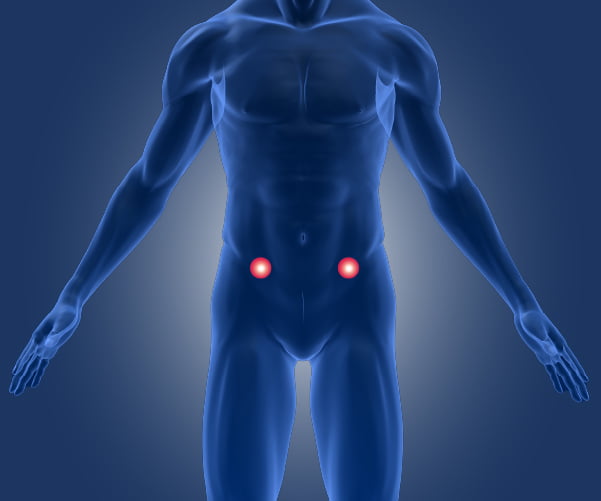What is it? The term “inguinal hernia” is used to describe a hole on the muscles in the area of the groin.
Why it happens: It develops because of increased pressure in the abdomen. This increased pressure can be the result of a wide range of activities such as heavy manual handling, exercise or weight lifting but also coughing, laughing, sneezing of being chronically constipated.
Frequency: An inguinal hernia can develop in either side of the body. It is much more common in men than in women because of the presence of testicles. The muscles in the area of the groin of men have a pre-existing opening through which the testicles descent in the scrotum (that is the sac that holds the testicles).
Types: There are 2 types of inguinal hernias; indirect and direct. The indirect is a much more common type of hernia and can be present from birth. This type of inguinal hernia can extend to the scrotum and in extreme cases the scrotum can have the size of a football ball. A direct hernia is the result of weakening of the abdominal muscles. It is more likely seen in adults.
